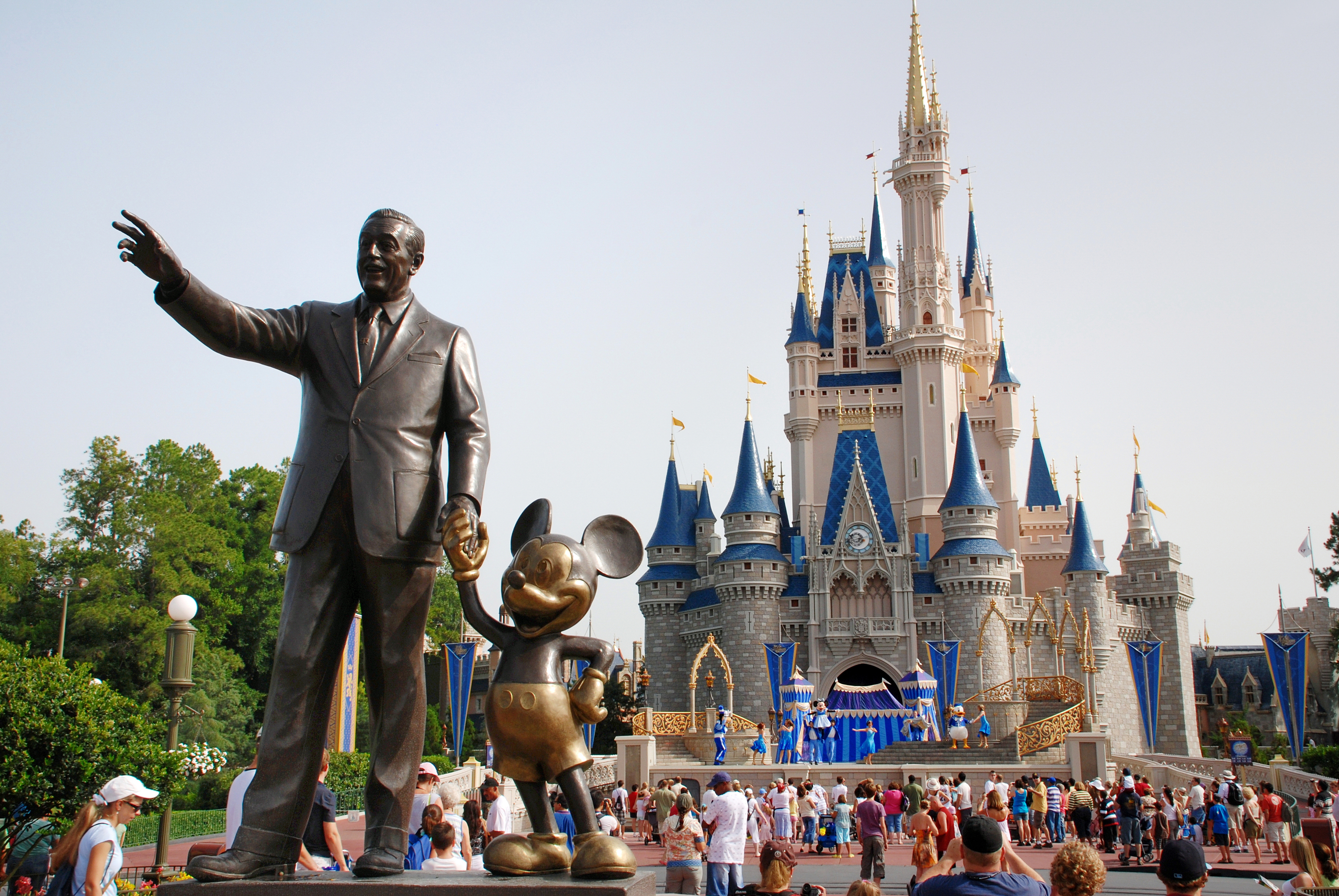The Rising Cost of Magic
Written by Arbitrage • 2025-10-13 00:00:00

For decades, theme parks have been the ultimate family vacation, promising thrills, beloved characters, and memories to last a lifetime. But in recent years, the cost of these trips has climbed sharply, leaving many parents staring at ticket prices with a mix of awe and sticker shock. Between surging ticket costs, pricey add-ons, and the hidden expenses of travel and lodging, what once felt like a manageable treat is increasingly becoming a major financial commitment.
Theme parks have long been the ultimate family getaway, offering immersive experiences and unforgettable memories. But rising costs - particularly at Disney - are making these vacations significantly more expensive. Ticket prices, annual passes, and optional add-ons (like Genie+ and Lightning Lane) have all increased, and Disney's surge pricing system means the week you choose to visit can dramatically affect your total bill. Peak periods like Christmas, spring break, and summer vacations can push single-day tickets past $200 per person, while multi-day tickets now often exceed $600 per person. Optional extras such as line-skipping passes, premium experiences, and photo packages can easily add several hundred dollars more, turning a standard visit into a major expense.
Of course, park admission is only the beginning. For a family of four, airfare can run around $1,600, assuming typical domestic roundtrip fares of $400 per person. Lodging at a moderate Disney-area resort costs roughly $350 per night, totaling $1,400 for a four-night stay. Food and drinks average $250 per day for the family, adding another $1,000, while ground transportation, souvenirs, and other incidentals can easily add $450. Even an off-peak, mid-range four-day trip can approach $6,900, and during peak weeks, totals can climb to $7,500 or more - and that's before factoring in any extras.
Disney's surge pricing makes timing critical. Ticket prices fluctuate based on expected demand, so visiting during high-demand weeks significantly increases costs. Families who travel off-peak benefit from lower prices, but that often requires flexibility with school schedules or work - a luxury many middle-income households don't have.
The practical effect is that theme-park vacations are gradually becoming less accessible to middle-income families. Rising costs mean parents often must make trade-offs: downgrading hotels, skipping premium experiences, shortening trips, or delaying visits entirely. Families with more financial flexibility can absorb these increases without compromising the experience, traveling off-peak, staying in deluxe resorts, and enjoying paid perks like line-skipping passes.
This shift has broader implications. What used to be a once-in-a-few-years treat for many households is increasingly only a luxury for higher-income families. While parks still deliver incredible entertainment value, the financial barrier is rising, and the "magic" of a Disney vacation is becoming increasingly tied to income. Families determined to make a trip work can save money by traveling during shoulder seasons, booking multi-day tickets, choosing value or off-site accommodations, packing snacks, and leveraging points or travel deals. Still, the overall trend is clear: theme-park vacations are no longer just a fun outing; they are a major financial commitment.
For parents who grew up dreaming of Disney or Universal trips with their kids, the rising costs are bittersweet. The parks remain magical, but the price of entry has climbed, making careful planning, strategic timing, and, often, a touch of financial privilege part of the equation. The magic is still there - but it now comes with a hefty price tag.